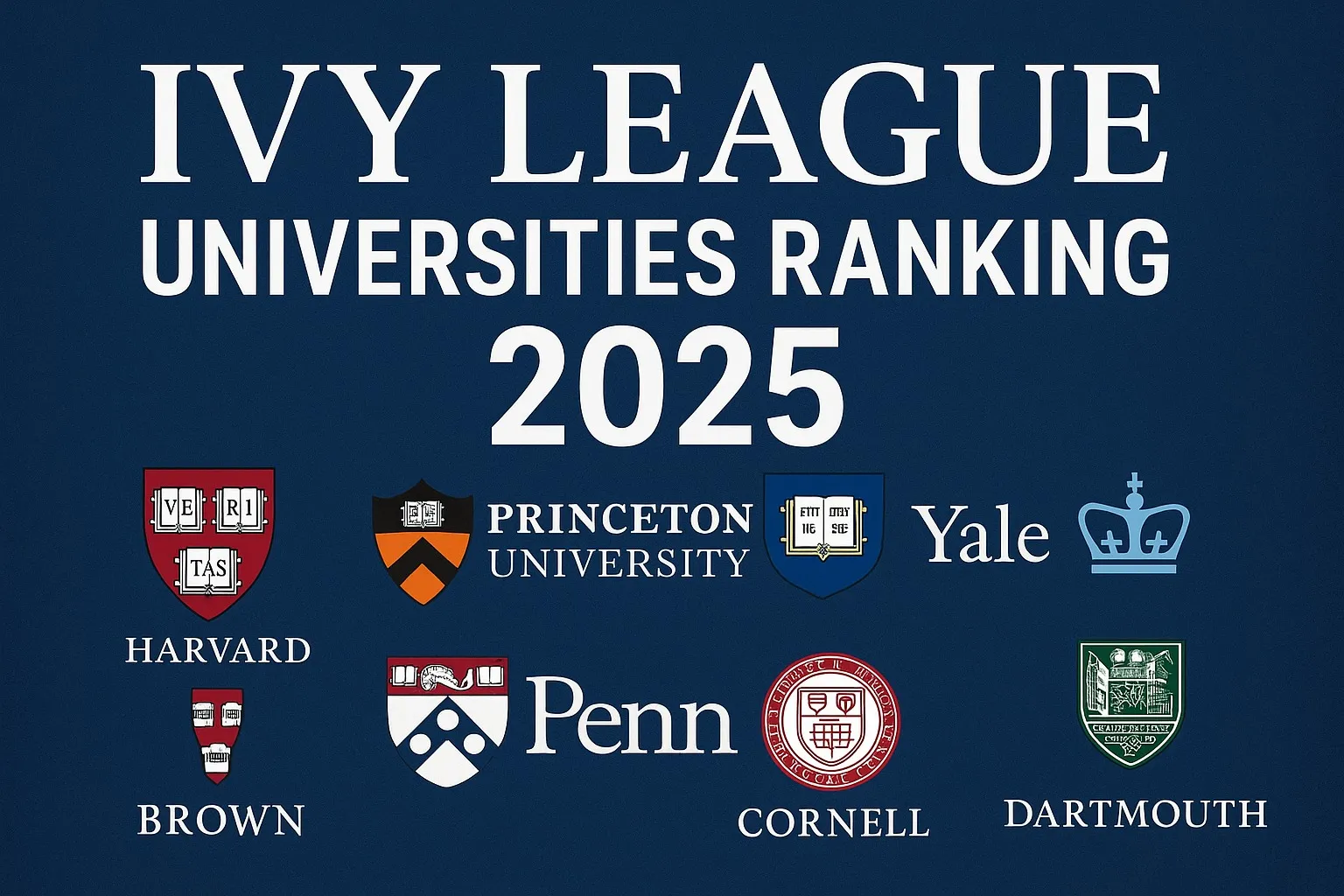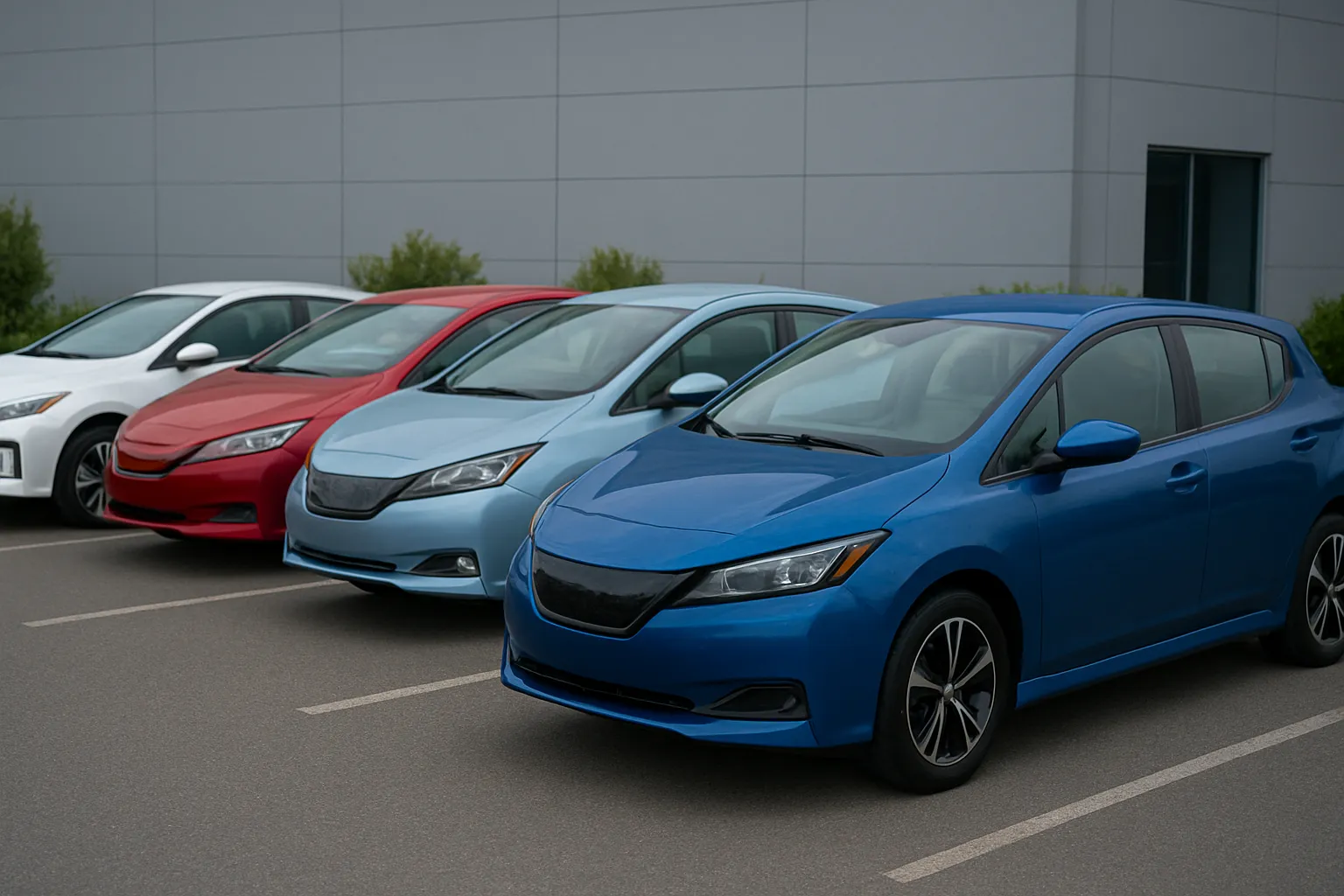Ivy League Universities Ranking: A Comprehensive Guide
When people search for the Ivy League universities ranking, they often want clarity on which of the eight prestigious schools stand out in academics, research, alumni network, and overall reputation. The Ivy League has a global allure, representing academic excellence, tradition, and influence. In this detailed guide, we will explore their history, ranking criteria, yearly standings, and what makes each school unique in the world of higher education.

Understanding the Ivy League
The term Ivy League originated in 1954, but its schools trace their roots back to the 1600s. Initially, the Ivy League was associated with athletics, but over time it became synonymous with elite education and high achievement. The eight universities are: Harvard, Yale, Princeton, Columbia, Brown, Dartmouth, University of Pennsylvania (UPenn), and Cornell.
These institutions are not just American icons; they represent global standards of excellence. Students from across the world aspire to be part of these universities, making the Ivy League universities ranking a topic of ongoing interest for students, parents, and employers alike.
Why Ivy League Rankings Matter
For many, knowing the Ivy League universities ranking helps guide college applications and career planning. Rankings influence scholarship opportunities, research collaborations, and even future employment prospects. Employers worldwide recognize Ivy League credentials as a gold standard.
Rankings also reflect the evolution of academic excellence, new research breakthroughs, and the ability of these schools to attract global talent. They serve as a compass for students comparing opportunities within the league.
Criteria Behind Ivy League Rankings
The Ivy League universities ranking is not solely about prestige. Leading ranking bodies like QS, Times Higher Education, and U.S. News evaluate several factors, such as:
Academic Reputation
Universities are measured by the opinions of scholars, faculty, and educational experts globally.
Research Output
Peer-reviewed publications, research funding, and global citations determine a school’s academic weight.
Graduate Employability
Employers rank Ivy League graduates highly for leadership, problem-solving, and innovation.
Additional factors include:
- Student-to-faculty ratio
- Alumni success and Nobel Prize winners
- International reputation and global partnerships
Ivy League Universities in Historical Perspective
The Ivy League universities ranking has shifted over decades. Harvard, Yale, and Princeton have traditionally dominated the top three spots, but other Ivies have risen in reputation thanks to research innovation and diverse student communities.
For instance, Columbia has become a hub for journalism and public affairs, while Cornell excels in engineering and agriculture. Dartmouth, though smaller, is renowned for liberal arts excellence.
Current Ivy League Universities Ranking (2025)
While rankings fluctuate slightly year by year, here is a consolidated view of the Ivy League universities ranking based on recent global data:
- Harvard University – Leading in law, medicine, and business.
- Princeton University – Known for mathematics and humanities.
- Yale University – Famous for drama, law, and political science.
- Columbia University – Strong in journalism, architecture, and business.
- University of Pennsylvania (UPenn) – The Wharton School sets global business standards.
- Cornell University – Unique for technology, hotel management, and agriculture.
- Dartmouth College – Small size, strong liberal arts focus.
- Brown University – Innovative open curriculum and strong arts programs.
Harvard University: The Perennial Leader
In almost every Ivy League universities ranking, Harvard tops the list. Established in 1636, it is the oldest Ivy and a global leader in academics. Its faculty includes Nobel laureates, Pulitzer winners, and influential policymakers.
Key Highlights
- Top-ranked in medicine, law, and business.
- Extensive alumni network including U.S. presidents and global leaders.
- Largest endowment of any university in the world.
Princeton and Yale: The Rivals of Prestige
Princeton and Yale consistently occupy the second and third positions in most Ivy League universities ranking. Their strengths lie in different areas but both remain at the forefront of global education.
Princeton University
Known for excellence in mathematics, physics, and public affairs. Princeton maintains a strong undergraduate focus, with smaller class sizes and close mentorship opportunities.
Yale University
Globally recognized for drama, law, and international relations. Yale’s historic law school has produced U.S. Supreme Court justices, while its School of Drama has trained world-renowned actors and directors.
The Middle Ivies: Columbia, UPenn, and Cornell
While not always ranked at the very top, these institutions hold critical positions in the Ivy League universities ranking due to their specialized strengths.
Columbia University
Located in New York City, Columbia thrives in journalism, architecture, and international diplomacy. Its proximity to the UN and Wall Street gives students unmatched opportunities.
University of Pennsylvania
UPenn is home to the Wharton School, the world’s first and arguably best business school. Its interdisciplinary approach connects business, technology, and healthcare.
Cornell University
Cornell offers a unique blend of Ivy prestige with public outreach. It excels in agriculture, veterinary medicine, and engineering, making it distinct among Ivies.
The Distinctive Charms of Brown and Dartmouth
Although usually at the lower end of the Ivy League universities ranking, Brown and Dartmouth hold unique appeal.
Brown University
Brown’s open curriculum allows students to design their academic path. Its focus on creativity and innovation attracts free thinkers, artists, and entrepreneurs.
Dartmouth College
Dartmouth emphasizes undergraduate education, offering close-knit communities, outdoor traditions, and strong liberal arts programs. Its alumni network is influential despite the college’s smaller size.
How Rankings Influence Global Education Trends
The Ivy League universities ranking does more than organize schools. It sets benchmarks for global higher education. Schools in Asia, Europe, and beyond often model their programs after Ivy League institutions.
Global impacts include:
- Rising tuition costs and increased competitiveness worldwide.
- Expansion of research collaborations between Ivies and international universities.
- Inspiration for educational reforms in emerging economies.
Future Outlook for Ivy League Rankings
The future of Ivy League universities ranking will likely depend on how these institutions adapt to digital education, global challenges, and inclusivity. Technology, sustainability, and diversity will play key roles in shaping their next chapter.
Universities like Cornell and Brown, with their flexible programs, may rise further as they embrace innovation, while traditional leaders like Harvard and Princeton will continue to dominate due to their resources and legacy.
Conclusion
The Ivy League universities ranking is not static - it evolves with changing times, research trends, and global demands. While Harvard, Princeton, and Yale consistently occupy the top, every Ivy League school has unique strengths that contribute to the league’s collective reputation. Students aiming for these schools should focus not just on rankings but also on finding the institution that aligns best with their academic and career aspirations.
Ultimately, the Ivy League represents more than numbers - it symbolizes ambition, excellence, and the pursuit of knowledge that shapes leaders for generations to come.











